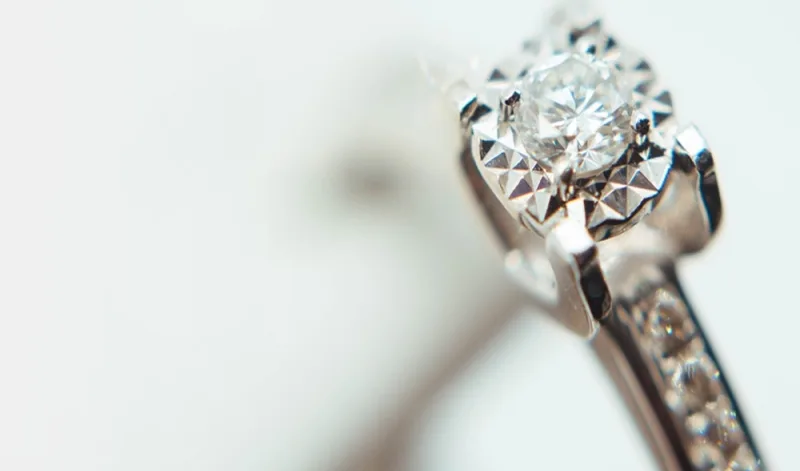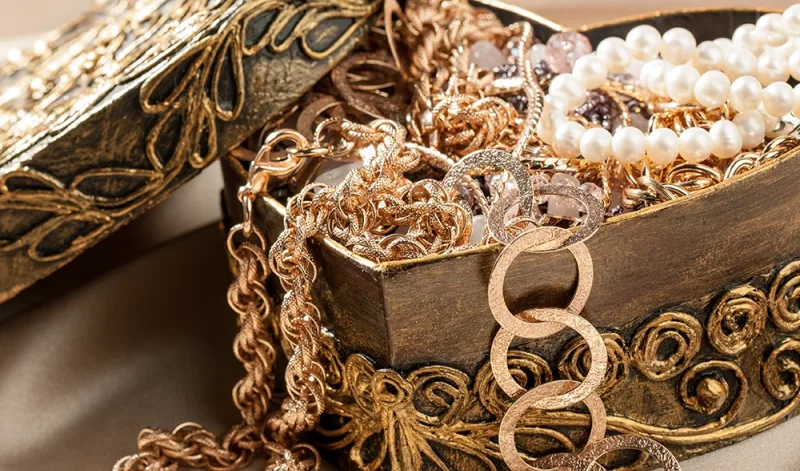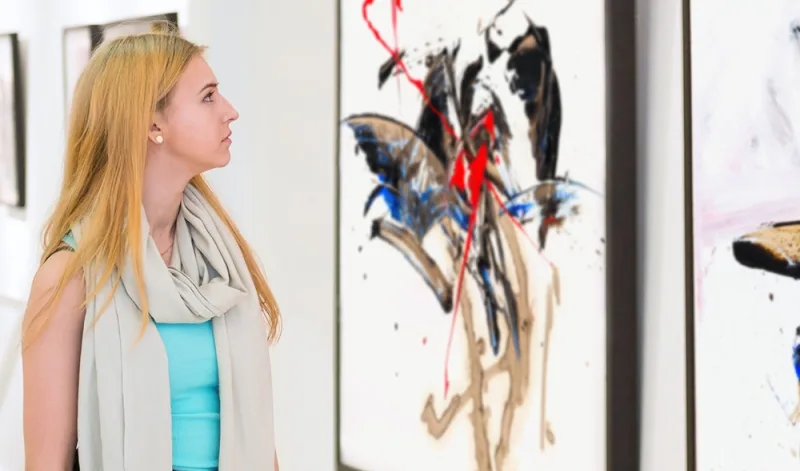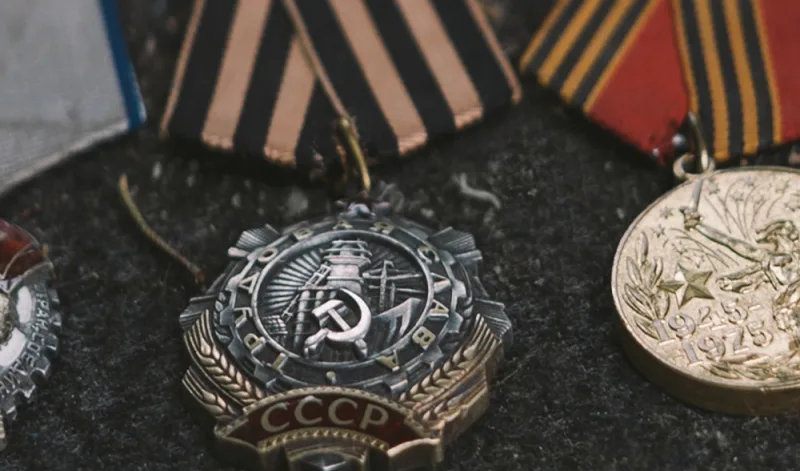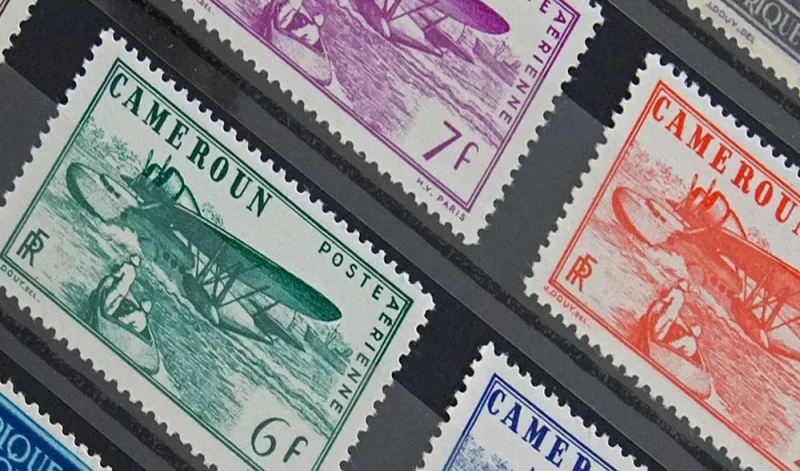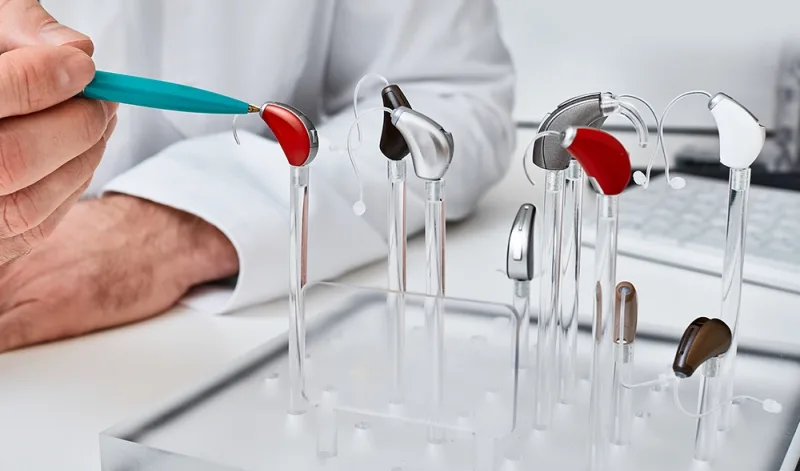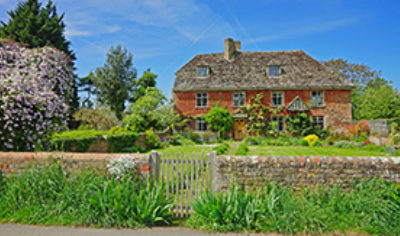Jewellery Valuation
Your jewellery will be amongst your most treasured possessions and of course we at Assetsure will be pleased to provide insurance for you, either on a single article basis or for your whole collection. Insurance though will never compensate for the loss of a treasured item and we hope this never happens, but at least by having an up to date jewellery valuation, you can help to make sure that an item is replaced with one of similar value.
Why should I have my jewellery valued?
There are a number of reasons you should have your jewellery valued, firstly and most importantly, the price of precious metals has risen considerably in recent years and this directly affects the cost of jewellery. You may find that if you do have to replace an item that hasn’t been valued in years, your compensation will not nearly be enough to provide you with a similar item. In these circumstances, your options would be to accept an inferior item or add to the cost of a new item from your own funds. You should also be mindful that thieves are very aware of the increase in metal prices and the number of jewellery thefts is on the increase.
Secondly, you may find that having a recent jewellery valuation is a condition of an insurance policy; it may be difficult for you to obtain an accurate settlement under your policy unless a valuation can be produced at the time of a loss.
The benefits of a valuation
Well its peace of mind basically, an up to date valuation will provide you with an accurate figure for replacement purposes, thus ensuring your item can be replaced with one of similar value. A valuation will probably be one of the first things insurers ask to see following notification of a claim and having this document to hand or stored somewhere safely online can help you validate your claim quickly and efficiently. A further benefit of a valuation relates to having a full description of the item, this should provide a jeweller with good information to help obtain or construct a replacement item. Although, it’s not part of all valuation services, it’s a good idea to take photographs of your jewellery, this can help support a claim and again can assist a jeweller find or make a similar item as a replacement.
Obtaining a valuation
Most local jewellers should be able to provide you with a valuation for insurance purposes, but valuations are often subjective and you probably get what you pay for at the end of the day. If you are in any doubt, try contacting the National Institute of Goldsmiths. Prices will vary so you may want to obtain a couple of independent quotes and compare them exactly to the type of service being offered and the depth of report being proposed. From an insurance perspective, most companies do not specify the qualifications or experience needed to provide a valuation but it’s worth remembering you could be using a valuation document to substantiate an insurance claim and you will want to make sure you receive an accurate settlement.
A Valuation for Insurance Purposes
There are a number of different types of jewellery valuation but the vast majority are obtained for insurance purposes and the price stated should be based on the current retail price of the item including VAT. Retail price means the price the retailer would charge for a similar item at the time of valuation. It may be relevant for the value to include an amount based on the location or type of business where the item was purchased.
What should a professional valuation state
In our opinion, if you are going to have your jewellery valued you should have it done professionally, particularly if you items are of a great value. There are different types of valuation but to be thorough, you should be presented with a document that contains at least the following information.
- Your name and address
- The date of the valuation
- A valuation reference
- The signature of the valuer and any professional qualifications
- Confirmation the valuation has been produced for insurance replacement purposes
- An item number if a number of items are involved
- A full description of the item including the date or approximate date it was made, the size and shape of any gemstone and the type of setting used. Also listed should be the assessed clarity and colour of the gemstone. Details of all markings on the item including any hallmarks should also be stated. The valuation may include notes detailing the current price of any metal used. If an item is damaged, the valuer will usually make a note of this with specific information. The valuation may be accompanied by notes; these can include important “other information”. Jewellers frequently use abbreviations and the following are common.
NRV – This signifies “New replacement value” This value reflects the average current new replacement cost of a similar item of equivalent quality. This cost is for an “off the shelf” item and does not take in to consideration the cost of having to hand make an article of similar quality. Most modern jewellery will normally be described under this heading.
ARV - This signifies “Antique replacement value”. Often with inherited rings or family heirlooms it is difficult to place a replacement cost on them, this type of value should enable the owner to obtain a similar antique replacement article of equivalent quality and in like condition. A valuer will usually apply this tag if an item is in excess of 100 years old.
There are other codes in use and your valuer should be happy to discuss them with you.
Important Note. When you receive your valuation document, it’s important to remember that unless otherwise stated it is for insurance purposes and is based on the replacement cost of the item, it is doubtful you will obtain the stated amounts if you offered your jewellery for sale.
If you require insurance for your jewellery, we will be pleased to assist you. We cover single items of jewellery or collections. We issue a stand alone insurance policy on a world wide “All-risks” basis. If you require a quote, please call our office on 0208 0033 190 or complete our online form.



